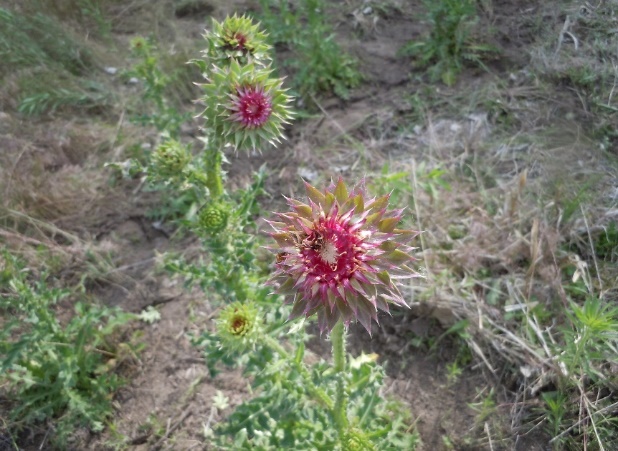
Katilyn Price, graduate student, will defend her master's degree thesis at 11 a.m., April 17 in Hardin Hall, Room 209.
Price's thesis is titled, "Plant Diversity Affects Success of Invasive Thistles in Restored Nebraska
Grasslands." Her adviser is David Wedin.
Abstract:
Invasive plant species threaten native grasslands, affecting nutrient cycling, biodiversity, wildlife habitat, and usable land for production. Consequently, preventing establishment of invasive species is critical before removal becomes difficult and expensive. The purpose of this study was to examine the effects of grassland plant diversity on musk thistle (Carduus nutans) and Canada thistle (Cirsium arvense) establishment and determine which environmental factors (light penetration, soil moisture, plant diversity, and soil nitrogen) account for resistance to invasions.
In a field experiment at The Nature Conservancy's Wood River site (Nebraska), the two invasive thistle species were planted into replicated grassland diversity plots. The ¾ acre grassland plots were seeded as monoculture (Andropogon gerardi), low diversity, and high diversity treatments in 2010. The experiment also included plots maintained as bare soil. Actual plant diversity was measured in 2013. Environmental factors were measured during the growing seasons (April-October) of 2013 and 2014. After two years, both thistle species flourished in bare soil plots, maintained populations in monoculture and low diversity plots, while thistles in the high diversity grassland plots emerged but died prior to bolting and flowering. Analyses of the environmental factors show strong declines in resource availability (light, water, nitrogen) associated with both plant biomass and diversity across the experimental
diversity gradient.